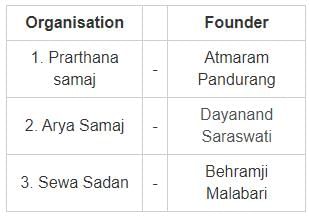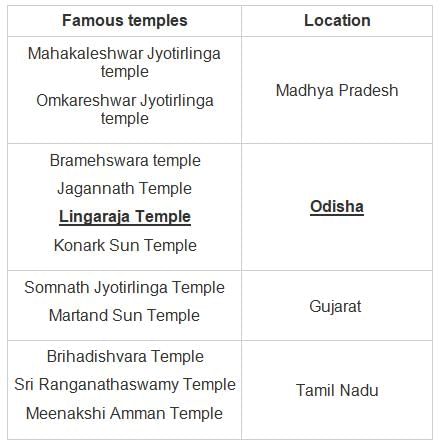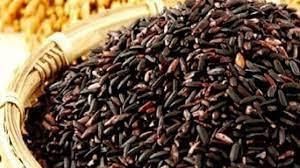UPPSC GS I Practice Test - 13 (Old Pattern) - UPPSC (UP) MCQ
30 Questions MCQ Test UPPSC Mock Test Series 2025 - UPPSC GS I Practice Test - 13 (Old Pattern)
What is the full form of the U-RISE portal?
With reference to the excavation of Archaeological Sites of Indus Valley Civilization, consider the following pairs-
Sites Excavated by
1. Dholavira JP Joshi
2. Kalibanga RS Bisht
3. Banawali BB Lal
4. Lothal SR Rao
Which among the above pairs is/are correct?
The situation where the equilibrium level of real GDP falls short of potential GDP is known as
Which among the following is a key faunal species that is being conserved at Dachigam National Park'?
Consider the following statements-
1. To ensure that the producer gets a minimum remunerative price.
2. To maintain reasonable terms of trade between agricultural sectors.
Which of the above are the objectives of the Agriculture Price Policy?
Arrange the following dynasties chronologically which ruled in the Magadha region:
1. Mauryas
2. Sisunagas
3. Nandas
4. Haryankas
Select the correct answer using the code given below.
Consider the following statements with respect to Mauryan Administration:
1. A council of ministers called Mantriparishad assisted the king in administrative matters.
2. Purohita is also included in the council of ministers.
Which among the following statements are correct?
Consider the following about the UDAY scheme initiative-
1. Improving operational efficiencies
2. Reduction of cost of power
3. Increase in interest cost
4. Enforcing financial dispute
Which of the above are not part of the UDAY scheme's initiative?
‘Lingaraja temple’ is located in which state?
Which of the following statements is/are incorrect regarding Udyam Sarthi App?
1) It was launched on the 70th foundation day of Uttar Pradesh.
2) It will work under One District - One Product Scheme.
Select the incorrect statement from the codes given below:
Consider the following statements regarding Fatehpur Sikri City:
1. The city was built by Mughal Emperor Akbar as a token of gratitude to Sheikh Salim Chisti.
2. The city is predominantly made up of Red SandStone.
Which among the following above given statements are correct?
Which one is the largest tribal group in Meghalaya ?
What was the main reason for the launch of the Khilafat movement?
Deen Dayal Upadhyay Gram Jyoti Yojana replaces which one of the following erstwhile schemes?
Consider the following pairs with respect to the Sangam age :
Name Designation
1. Amaichar - Ministers
2. Anthanar - Priests
3. Orrar - Spies
Which of the pairs given above are correctly matched?
Which among the following is NOT correctly matched?

Which among the following countries is NOT a member of "BRICS"?
Who wrote the book ‘Shi-Yu-Ki’ after visiting Harshavardhana court?
What is the correct chronological order of events?
Which of the following statements is/are correct regarding Kalanamak Rice?
1) It is grown in the Terai belt of Uttar Pradesh.
2) It is rich in Zinc and Phosphorus.
3) It has got GI Tag in 2013.
Select the correct answer from the codes given below:
Who among the following was a member of the Azad Hind Fauj ?
Which one of the following pairs is not correctly matched?
With reference to Pitt’s India Act, 1784, consider the following statements :
1. A Board of Control consisting of six members was created.
2. It established the dual system of control by the British government and the East India company.
Which of the statements given above is/are correct?
Which of the following ministries is responsible for governing Indira Awaas Yojana ?
The Katraparcha is a type of tax levied during Mughal administration. It is best described by which of the following options?
The occurrence of pesticides like DDT in higher trophic levels in an ecosystem is termed as ________.
Consider the following pairs :

Which of the pairs given above are correctly matched?
|
2 docs|37 tests
|





















